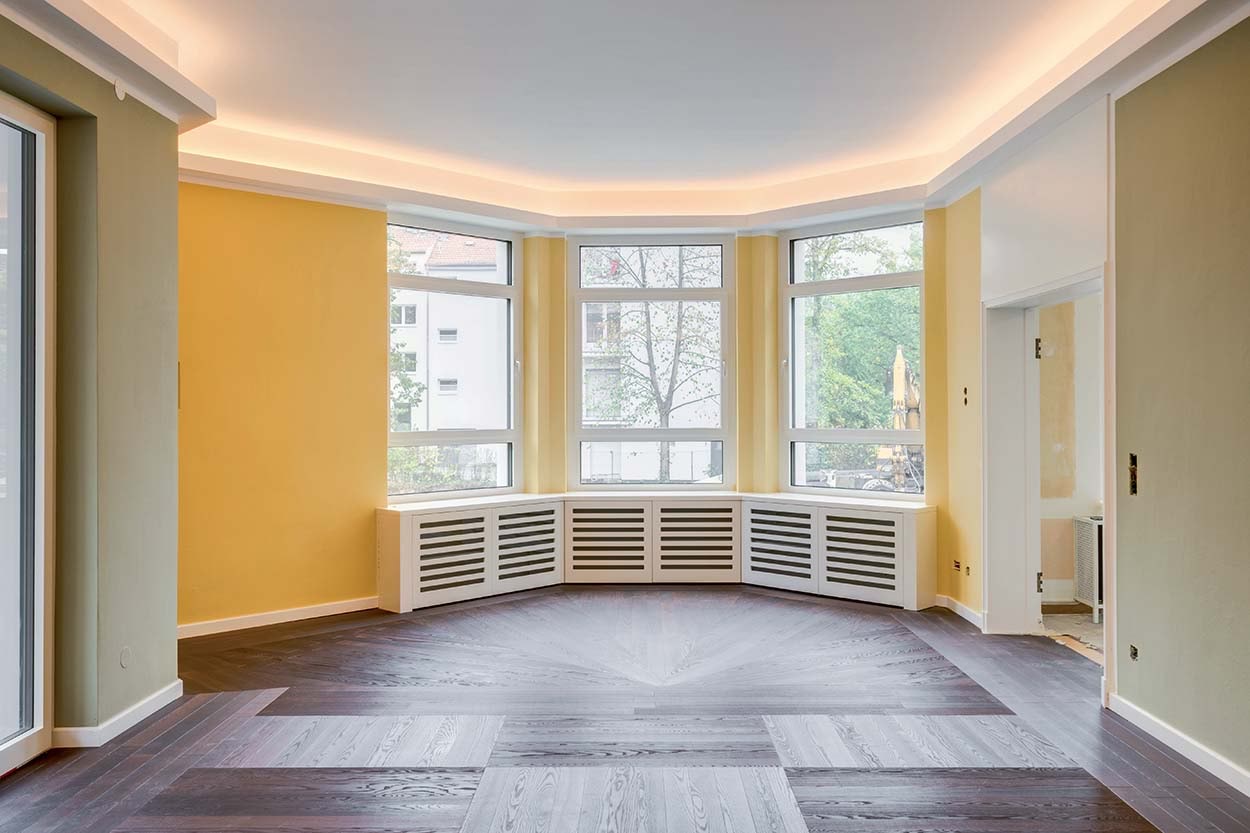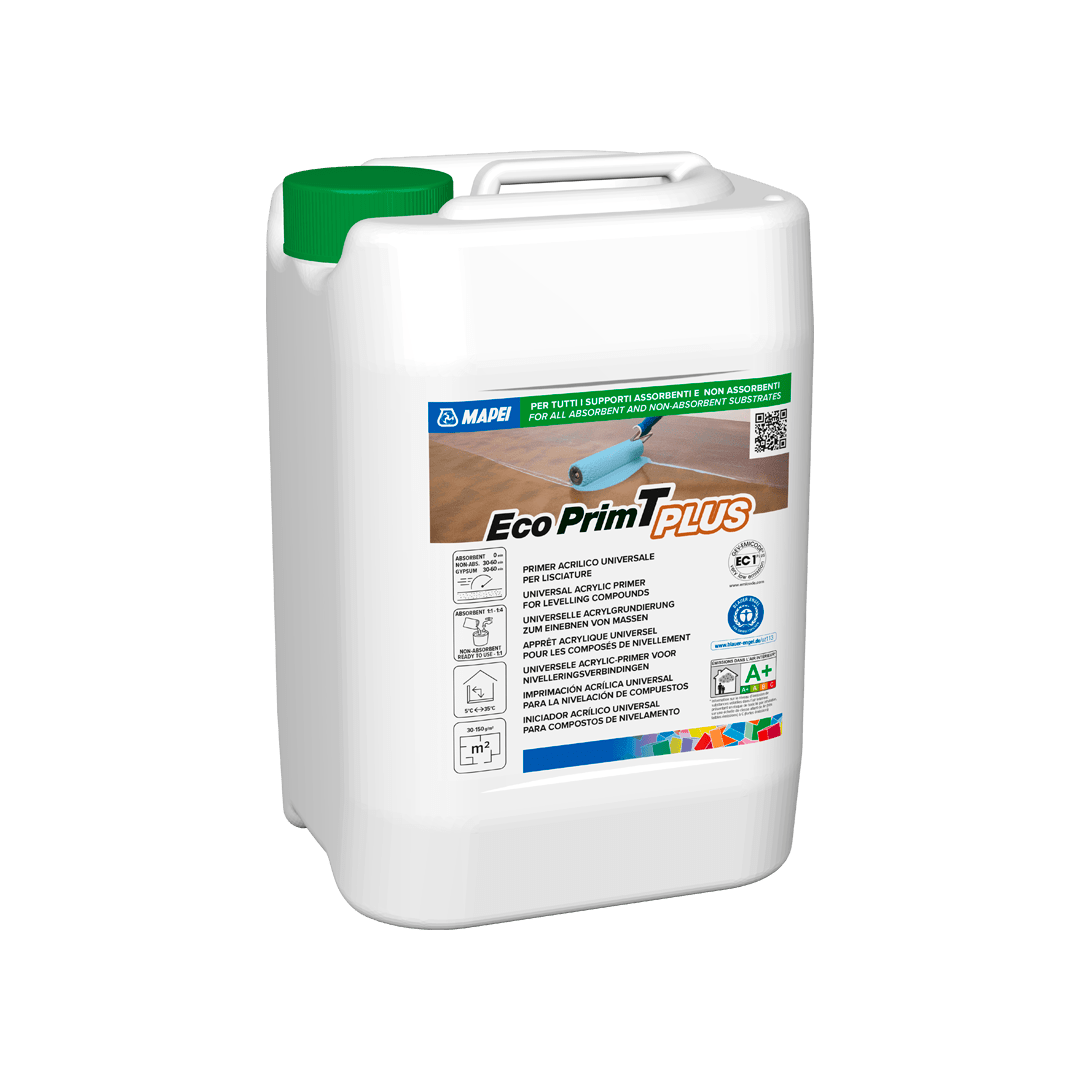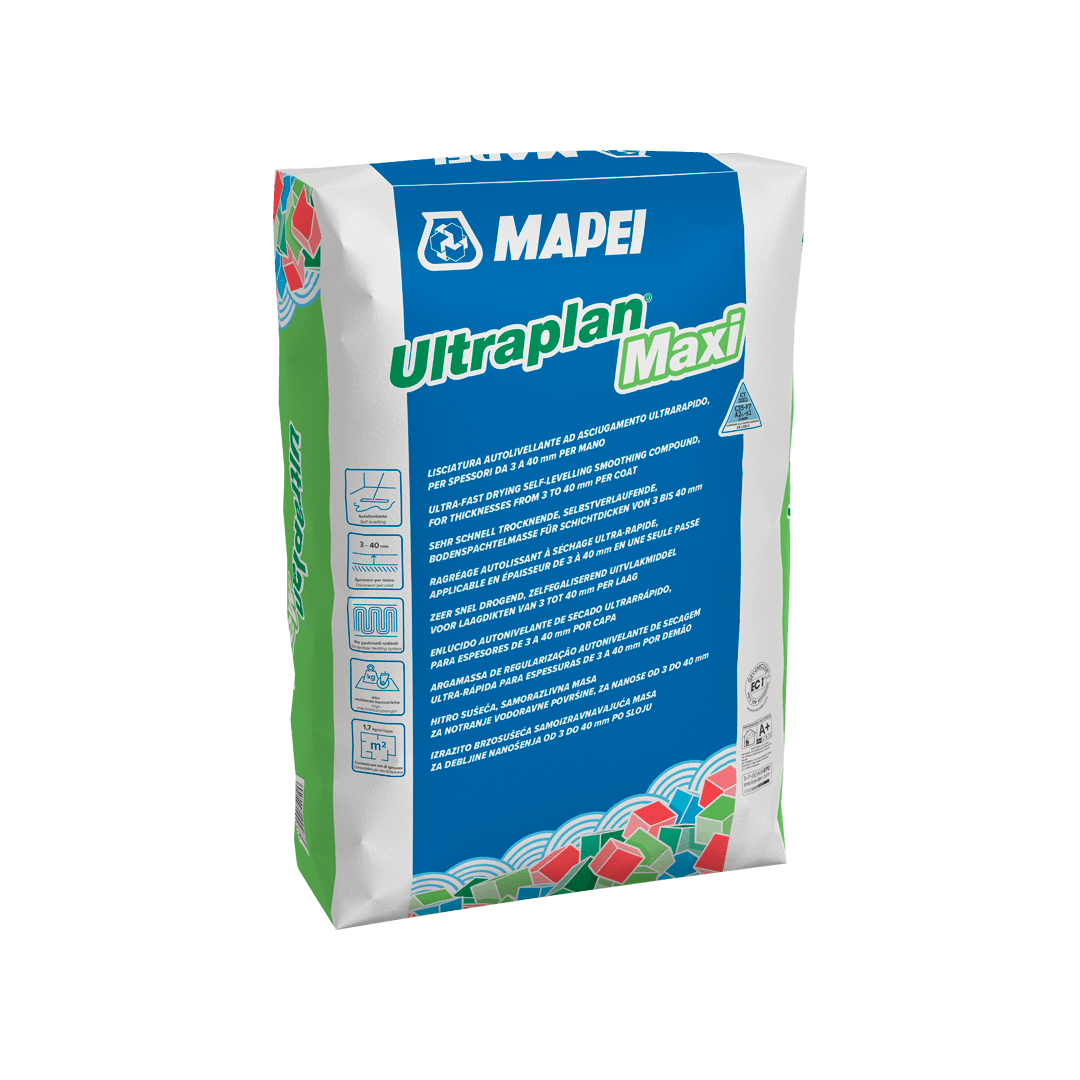
Buchtal House
A residence built in the 1920's according to the principles and style of the bauhaus movement
A residence built in the 1920's according to the principles and style of the bauhaus movement
Buchtal House was built between 1922 and 1923 and is one of the few examples of expressionist architecture in Berlin. Designed by the Luckhardt brothers, Hans and Wassili, and their collaborator Franz Hoffmann, the building has a rather complex story, which came to light in 2015, when the owner at the time released details about the events involving its previous residents. Research was also carried out on the archives in London and Berlin, where information was gathered and then used for restoration work, which aimed at turning Buchtal House into an incarnation of the architectural style of the period in which it was built.
The first owners and inhabitants of the house were Thea and Eugen Buchtal, a Jewish couple with an interest in avant-garde. On the walls there were works by Lionel Feininger, Wassily Kandinsky, Emil Nolde and other artists from the same period. In 1928 they commissioned the architect Ernst Freud, the son of the father of psychoanalysis, to create a house according to the principles of the “New Objectivity” movement and in the style of Bauhaus.
In 1945 the new owner, the opera singer Dietrich Fischer-Dieskau, had some modifications carried out on the house. After his death in 2012, his heirs sold the house to the current owners and it was only in 2016 that restoration work got under way.
Installation of wooden flooring
During the restoration work on Buchtal House, around 420 m² of new wooden flooring was installed. In line with the principles of safeguarding this historic building, a type of parquet was chosen which, after being heat-treated, had a very similar dark colour to the original parquet. The new wooden elements were installed in two patterns: herringbone and a chequered composition.
Mapei products were used to install the new flooring which helped overcome several problems that emerged while carrying out the work. For example, the old substrate, made up of a screed and OSB panels, also needed to incorporate a layered heating system.
The first step was to consolidate the substrates with ECO PRIM PU 1K TURBO, quick drying, solvent-free, moisture curing polyurethane primer with very low emission of volatile organic compounds (VOC). To make sure absorption was uniform and that the next layer would form a sufficiently strong bond, the surfaces were treated with ECO PRIM T PLUS universal acrylic primer. Once the substrates had been prepared, the heating system was installed. To make sure the surfaces were even and flat, ULTRAPLAN MAXI was applied in the areas with a screed and PLANITEX D15 was applied in the areas with OSB panels. These are both self-levelling products with very low emission of VOC, the second of which is manufactured and distributed in Germany by Mapei GmbH. The levelling products were able to flow freely through and around the elements and adhere sufficiently to the substrates.
Once the surfaces had dried, the wooden flooring was installed with ULTRABOND ECO S968 1K one-component, solvent-free, silylated polymer-based adhesive with very low emission of VOC (in compliance with TRGS 610) and certified EMICODE EC1Plus by GEV. This adhesive is suitable for installing all types and formats of pre-finished and solid parquet flooring on any type of substrate, including heated screeds. It is compliant with ISO 17178 (“hard” category) and guarantees extended workability time, easy application and excellent rib stability.











